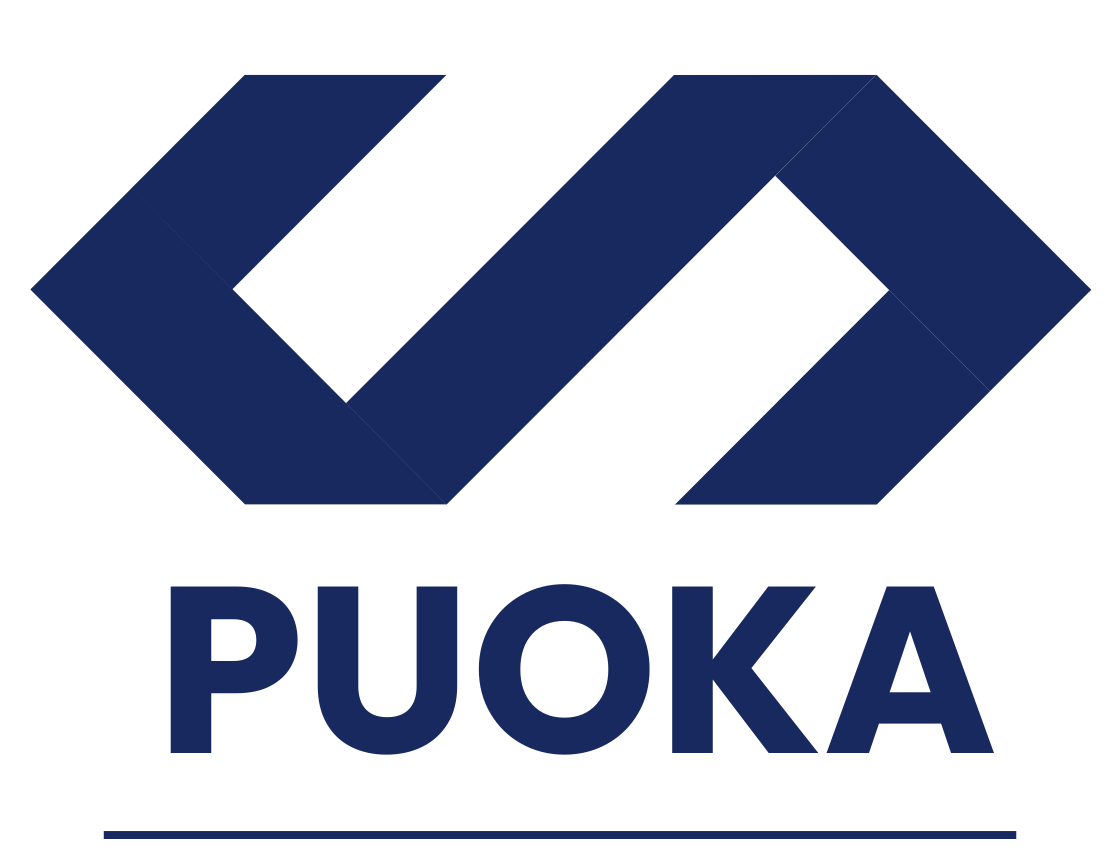TLDR
- Fed Chair Powell categorizes Bitcoin as digital gold rather than a dollar competitor
- Bitcoin reached a market cap of $1.92 trillion, becoming the world’s 8th most valuable asset
- Powell emphasized Bitcoin’s volatility and limited use as a payment method
- Bitcoin approached but didn’t reach $100K, peaking at $99,645 in November
- Fed Governor Waller praised DeFi technology while remaining skeptical of CBDCs
Federal Reserve Chairman Jerome Powell has categorized Bitcoin as a digital equivalent to gold rather than a competitor to the U.S. dollar, speaking at The New York Times DealBook Summit in Manhattan. The statement comes as Bitcoin’s price hovers near the $100,000 mark, having reached a peak of $99,645 in late November.
During his appearance at the summit, Powell emphasized Bitcoin’s primary role as a speculative asset, pointing to its inherent volatility as a limiting factor in its potential as a payment method or store of value. “It’s just like gold, only it’s virtual,” Powell stated, drawing a clear distinction between the cryptocurrency and traditional fiat currency.
The timing of Powell’s comments coincides with Bitcoin’s achievement of a $1.92 trillion market capitalization, surpassing silver at $1.75 trillion to become the world’s eighth most valuable asset. However, this figure still falls considerably short of gold’s estimated market value of $18 trillion.
Powell’s stance on Bitcoin remains consistent with his previous statements. In 2021, he expressed similar views about cryptocurrency’s role in the financial system, highlighting its volatility as a key factor in its limited utility as a value store.
The cryptocurrency market responded to Powell’s remarks with notable price movement. Bitcoin experienced a more than 2% increase following his comments, reaching $99,000 before settling at approximately $98,500.
The Federal Reserve’s perspective on cryptocurrency extends beyond Bitcoin. Fed Governor Christopher J. Waller recently offered positive comments about decentralized finance (DeFi) technology during the Vienna Macroeconomics Workshop. Waller acknowledged the potential benefits of distributed ledger technology, tokenization, and smart contracts in enhancing financial transaction efficiency.
In the broader context of digital currency development, Waller has expressed skepticism about central bank digital currencies (CBDCs). At The Clearing House Annual Conference 2024, he questioned the necessity of CBDCs in solving current payment system challenges.
The Biden administration’s relationship with the cryptocurrency industry has faced scrutiny, with allegations of the Fed’s involvement in Operation Chokepoint 2.0, reportedly aimed at restricting U.S. crypto industry growth. This came to light following a Fed mandate to Customers Bank regarding stricter risk management and compliance measures.
Bitcoin’s current market position places it behind only gold and five major American publicly traded companies, including Nvidia, Google’s parent company Alphabet, and Meta, formerly Facebook.
When asked about personal cryptocurrency ownership, Powell stated he is not permitted to own crypto assets, maintaining professional distance from the market he oversees.
The New York Times DealBook Summit provided a platform for these discussions, featuring other notable speakers including OpenAI CEO Sam Altman, Amazon founder Jeff Bezos, and former President Bill Clinton.
Powell’s commentary quickly spread throughout the cryptocurrency community on social media platform X (formerly Twitter), sparking discussions about the relative market capitalizations of gold and Bitcoin.
Bitcoin’s price movement continues to draw attention, with recent attempts to breach the $100,000 mark influencing other cryptocurrencies such as Ethereum and Dogecoin, which have shown correlated price movements.
The cryptocurrency market’s response to Powell’s statements demonstrates the continued influence of Federal Reserve policy and commentary on digital asset valuations and market sentiment.
Recent data shows Bitcoin maintaining strong market performance, despite falling short of the anticipated $100,000 milestone, with current trading activity showing sustained interest in the asset.








